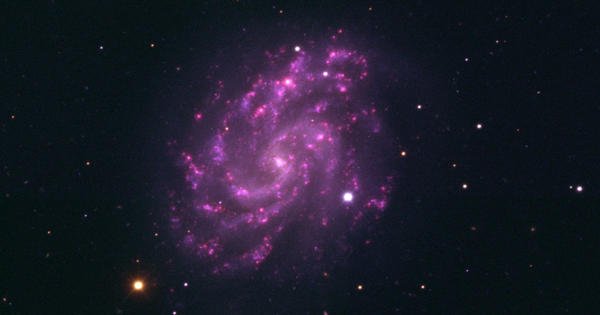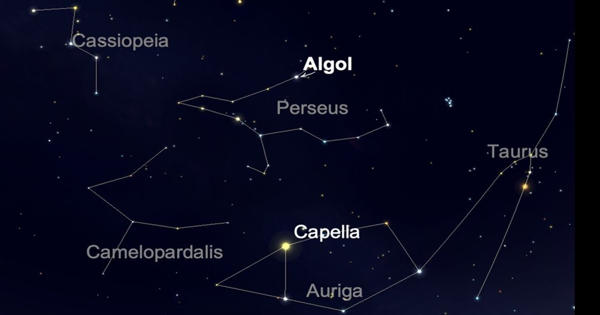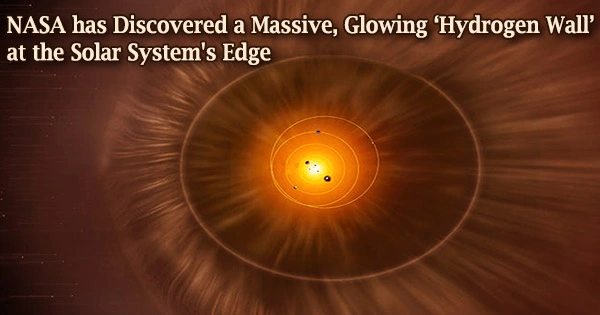There has been conjecture that life may live in the temperate parts of Venus’ clouds since the likely finding of phosphine in its atmosphere two years ago. Many have looked into the idea, but it appears to be doubtful at this time. The presence of life on Venus cannot explain the strange riddle of the planet’s atmosphere. That’s the finding of a recent study published in Nature Communications that looked into the “life in the clouds” theory. The problem at hand is the existence of sulfur dioxide (SO2), which is abundant lower in the Venusian clouds but disappears as altitude rises.
One theory is that there are living things floating about in the dense cloud blanket soaking up the sulfur. Life has the potential to wreak a lot of damage to planetary atmospheres, so it’s not out of the question. Microorganisms might utilise sulfur dioxide in three different ways, according to the researchers. However, each of them breaks another observational limitation. “We looked at the sulphur-based’food’ accessible in the Venusian atmosphere — it’s not anything you or I would want to eat, but it’s the major available energy source,” said lead author Sean Jordan of the University of Cambridge’s Institute of Astronomy in a release.

“If life consumes that food, we should find proof of it in the form of particular molecules lost and acquired in the atmosphere.” “We’ve spent the last two years trying to figure out why the clouds of Venus have such strange sulphur chemistry,” said co-author Dr. Paul Rimmer of the Department of Earth Sciences. “Because life is quite adept at strange chemistry, we’ve been looking at if there’s a way to make life a possible explanation for what we’re seeing.”
So, after absorbing the sulfur, these Venusian life forms should be releasing a slew of other chemicals. On Venus, however, none of those compounds have been discovered. A sulfur-sucking life form might exist, and it probably does someplace else in the cosmos, but it is unlikely to exist on Venus, according to the experts. “It would also shatter everything we know about Venus’s atmospheric chemistry if life was responsible for the SO2 levels we detect on Venus,” Jordan added.
“We wanted life to be a possible explanation, but after running the models, we discovered that it isn’t a feasible option.” But even if life isn’t to blame for what we observe on Venus, there’s still an issue to solve — there’s a lot of weird chemistry to investigate.” New observations of Venus from NASA and the European Space Agency’s forthcoming missions may offer the missing parts to the jigsaw that is Venus’s atmosphere.
















